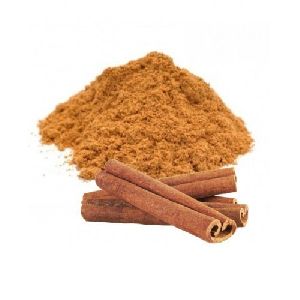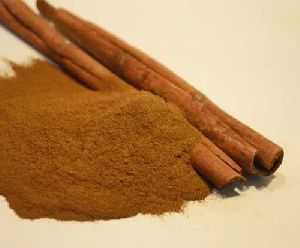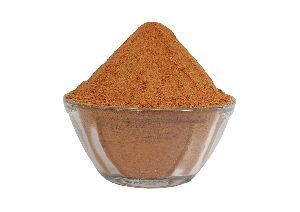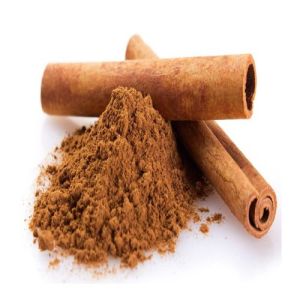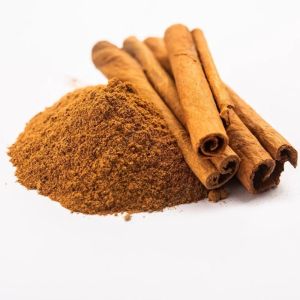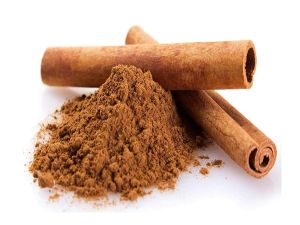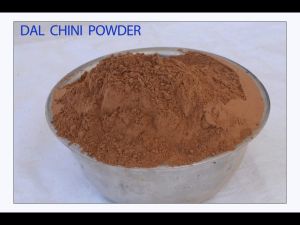Listing ID #3804534
Company Information
Ask for more detail from the seller
Contact SupplierA Brief Introduction
Cinnamon is a small tropical evergreen tree which grows 10–15 meters (32.8–49.2 feet) tall, belonging to the family Lauraceae. The two main varieties of cinnamon are cinnamomum cassia and cinnamomum zeylanicum, grown widely in Sri Lanka, India, Java, Sumatra, the West Indies, Brazil, Vietnam and Madagascar. Its inner bark is widely used as a spice and there are as many as 250 different varieties are found across the globe. Due to its distinct odour, it is widely used as an important ingredient of many mouth watering dishes of the world.
The word cinnamon originates from the Greek word kinnámo-mon (meaning spice) and its botanical name ‘Cinnamomum Zeylanicum’, which is derived from Sri Lanka’s former name, Ceylon. People in West Asia were probably using cinnamon by about 1000 BC. In the Bible, it is being described as one of the spices used by Moses.
Because of its health benefits, aromatic properties and scarcity, cinnamon was more precious than gold in the ancient world. The commercial products of cinnamon are quills, quillings, featherings, chips, cinnamon bark oil and cinnamon leaf oil. Its flavour is due to an aromatic essential oil that makes up 0.5% to 1% of its composition.
Botanical Description
Cinnamomum verum, a tropical evergreen tree, reaches a height of 8-17 m in the wild. It requires a warm and wet climate with no extremes of heat and cold. In an unharvested state, the trunk of a cinnamon plant is stout, 30-60 cm in diameter, with a thick, grey bark and the branches set low down. Cinnamon shrub are grown as bushes. Its leaves are stiffed, opposite and variable in their form and size. The young leaves of the flush are reddish, later turning dark green above with paler veins.
The petiole of cinnamon plant is usually 1-2 cm long while the size of lamina is generally 5-18 x 3-10 cm, ovate or elliptic; base more or less rounded and the tip tends to be somewhat acuminate.
The flowers, which are arranged in panicles, have a greenish color, and have a distinct odor. Fruit a fleshy ovoid drupe, black, 1.5-2 cm long when ripe, with the enlarged calyx at the base.
|
History of Cinnamon in a Nutshell
|
|
|
|
|
Cinnamon Oil Cinnamon oil possess many medicinal properties and there are many uses for it. It is often used as a stimulant in paralysis of the tongue, or to deaden the nerve in a toothache. It contains three active components of acetic acid and alcohol along with a wide range of volatile compounds that help in a wide variety of symptoms and health conditions. Medicinal Uses
Culinary Uses of Cinnamon
Use of Cinnamon in Religion |
|




